“Mind records are the one true forever”: Translation and Dead Languages in Marie Brennan’s Turning Darkness Into Light
Comment number:
7
Advertisement
Showing 27 results
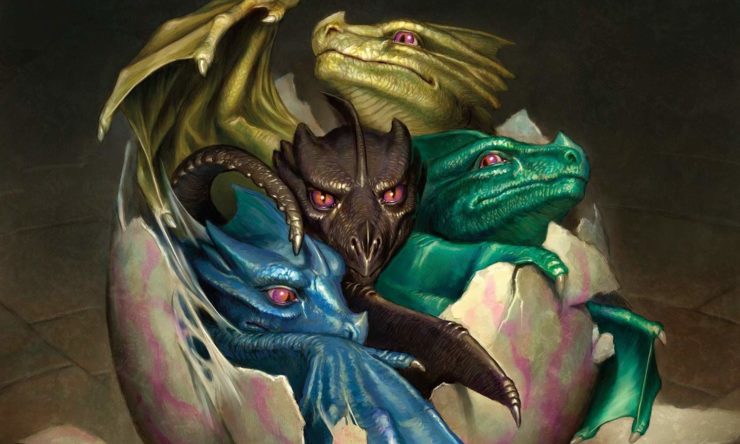
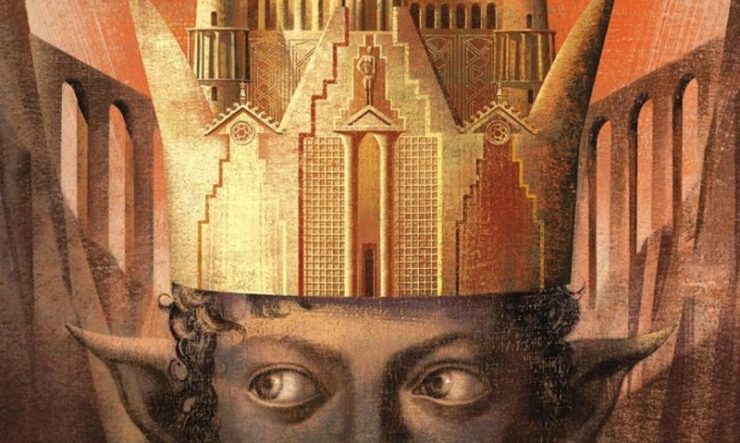

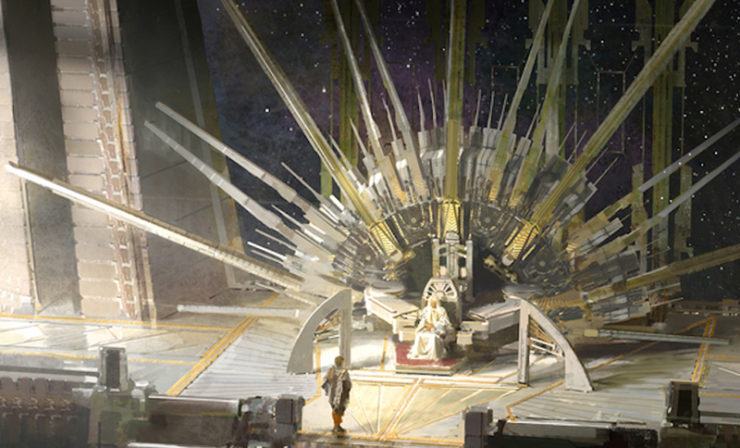
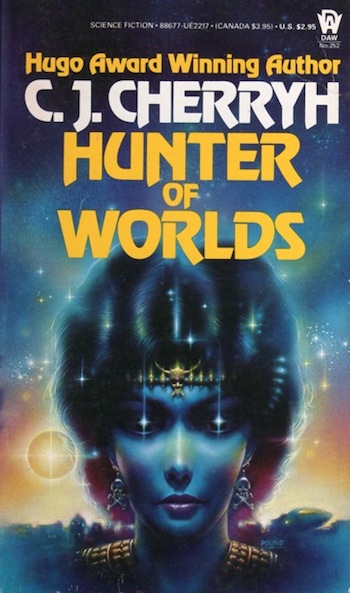
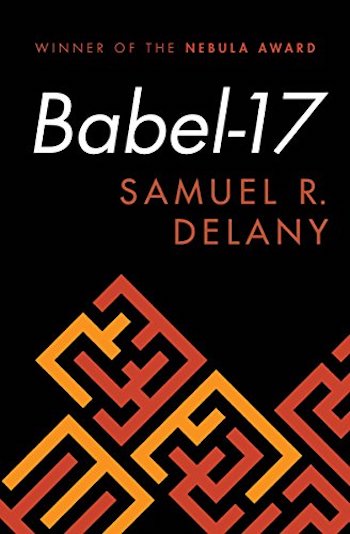
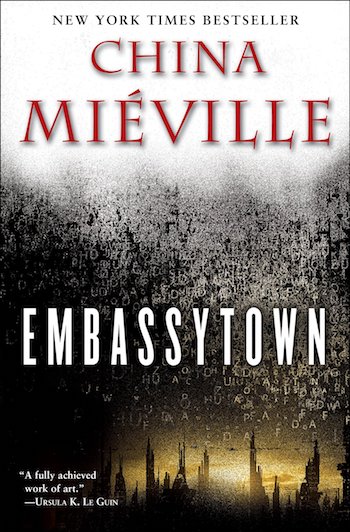
“Time is an illusion. Lunchtime doubly so.”
Douglas Adams, The Hitchhiker’s Guide To The Galaxy
For compliance with applicable privacy laws:



